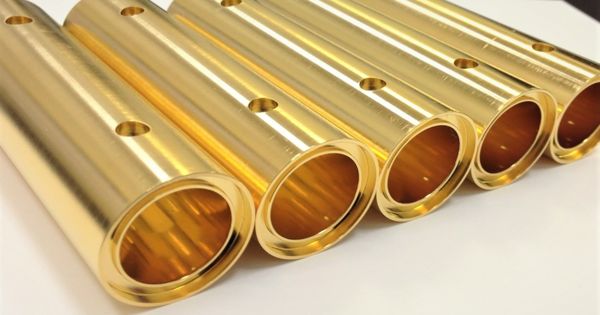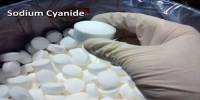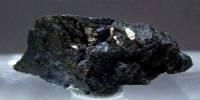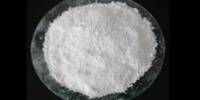Gold plating is a cover (something) with a thin layer of gold. It is a method of depositing a thin layer of gold on the surface of glass or metal, most often copper or silver. It is a favorite in the decorative and jewelry industries due to its aesthetic appeal, natural finish, and low cost compared to 9-carat alloys.
Gold plating is mostly used for jewelry, due to its low cost with the same aesthetic effect. It is still used in space applications because of its extreme stability in all operating environments, resistance to tarnish and radiation, high superficial electrical conductivity, low infrared emissivity, and resistance to cold welding in high vacuum.
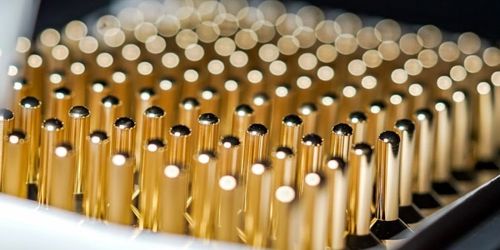
Gold plating can be applied to almost any metal, as long as it has a metal conductive surface. It is often used in electronics, to provide a corrosion-resistant electrically conductive layer on copper, typically in electrical connectors and printed circuit boards. The electronics industry uses gold plating on various electronics for a corrosion-resistant and conductive layer on copper for electrical connectors and printed circuit boards. With direct gold-on-copper plating, the copper atoms have the tendency to diffuse through the gold layer, causing tarnishing of its surface and the formation of an oxide/sulfide layer. If copper is gold plated, a layer of nickel is often applied to the substrate as a mechanical backing to improve the overall wear resistance and reduce pores in the gold. Therefore, a layer of a suitable barrier metal, usual nickel, has to be deposited on the copper substrate, forming a copper-nickel-gold sandwich.
Gold is the least likely to oxidize compared to other metals – it doesn’t even oxidize in water. Metals and glass may also be coated with gold for ornamental purposes, using a number of different processes usually referred to as gilding. It is also one of the most conductive materials and is very malleable, making it a popular choice for plating. Sapphires, plastics, and carbon fiber are some other materials that are able to be plated using advanced plating techniques. The substrates that can be used are almost limitless.
Advantages
- Gold plating largely reduces the cost, and you can still achieve the same aesthetic qualities as pure or filled gold
- The gold electroplating process is relatively inexpensive, so if the gold layer becomes tarnished or is damaged it can be re-plated.
Disadvantages:
- Gold plated items, like jewelry, will eventually tarnish and show wear
- Less gold content means the item is less valuable than pure gold
- Electroplating Services in general are expensive for one-off items, due to the labor cost.
Information Source:
